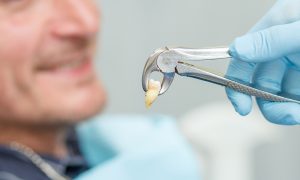What was once a “death sentence” can now be possibly prevented through early detection. Appropriate support for lung cancer treatment in the Philippines is now available to people diagnosed with it. Through the help of government agencies like PhilHealth and other health care providers, better access to financial aid to help financially burdened patients avail of treatments.
What is Lung Cancer?
Lung cancer is a tumor that starts in the lungs and is a disease linked to Smoking. It mainly affects the adult age group, 45 years old and above, with a smoking history.
The common risk factors why a person develops lung cancer is due to the following:
- Smoking – carcinogenic chemicals and epigenetics found in cigarettes and pipes. It also contains nicotine contributes highly to the development of lung cancer in one’s body.
- Passive Smoking – this is for people who do not smoke but, in a sense, are secondhand smokers. This happens when a person inhales the smoke of someone who is to be smoking. It is also possible to put non-smokers at risk because of a highly smoke-polluted environment. Examples of these are smoke coming from cars and factories.
- Exposure to Harmful Chemicals – people that work in mines, textile plants, and mills, with several times of vulnerability, can die because of developing lung cancer.
Early Detection of Lung Cancer
When diagnosed early and found not too large and has not yet spread, lung cancer has a significant chance of getting a successful treatment. A recommendation from the US Preventive Services Task Force (USPSTF) says that adults aged 50-80 years old with a history of Smoking need to undergo annual screening.
The most common test used for lung cancer screening are:
- Imaging tests – X-ray imaging is done to see if your lungs have lesions, abnormal masses, or nodules.
- Sputum cytology – If a patient has cough-producing sputum, the sputum is checked under a microscope that may reveal if there are cancer cells in the sample.
- Tissue sample – medical experts, take abnormal cell samples to make a procedure, also known as a biopsy.
To learn more about the treatments available in the Philippines, check out this infographic by Hope From Within.




